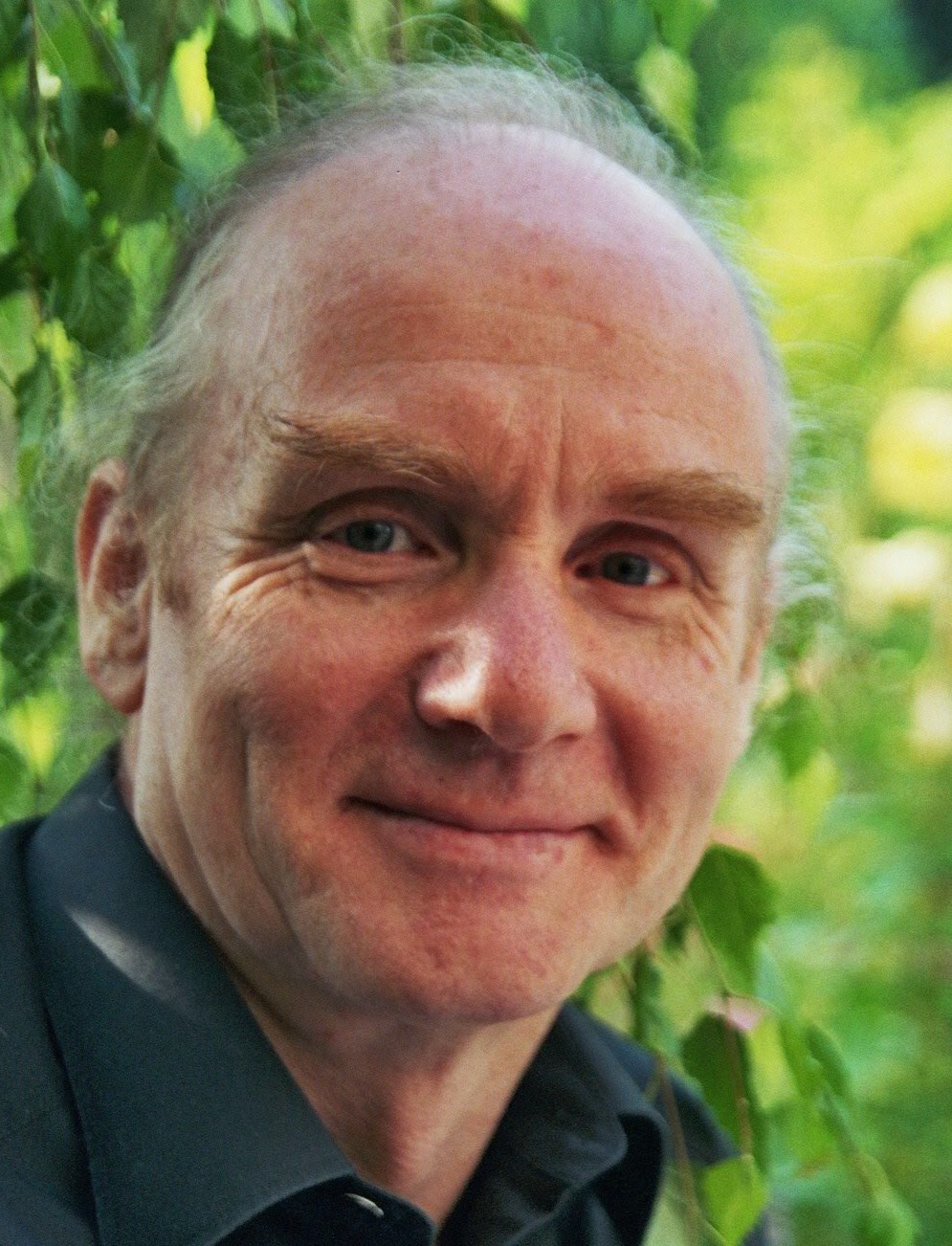Biography
Wolfgang Förstner, born 1946, studied Geodesy at Stuttgart University. From 1990-2012 he chaired the Department of Photogrammetry at Bonn University. His fields of interest are digital photogrammetry, statistical methods of image analysis, analysis of image sequences, semantic modelling, machine learning and geo information systems. He published more than 130 scientific papers, supervised appr. 70 Bachelor and Master Theses and more than 30 PhD Theses. From 1994-2001 he was vice president of the German Association for Pattern Recognition (DAGM). He served as associated editor of IEEE Transactions on Pattern Analysis and Machine Intelligence 2008-2012. 2010 he became Fellow of the International Society of Photogrammetry and Remote Sensing. In 2011 he obtained honorary doctorates form the Leibniz University of Hannover and the Technical University of Graz.
Lecture abstract
A Future for Learning Semantic Models of Man-Made Environments
Deriving semantic 3D models of man-made environments hitherto has not reached the desired maturity which makes human interaction obsolete.
Man-made environments play a central role in navigation, city planning, building management systems, disaster management or augmented reality.
They are characterised by rich geometric and semantic structures. These cause conceptual problems when learning generic models or when developing automatic acquisition systems.
These conceptual problems are caused by the interplay between (1) the elementary data structures of the 3D objects and the observed images or 3D point clouds, (2) the topology of the rich spatial structures, (3) the partonomy and taxonomy of complex objects, and (4) the uncertainty and qualitativeness of the used notions in the envisaged application domains.
The paper sketches some research issues in conceptual modelling playing a key role for a further evolution of acquiring man-made environments from visual data.

